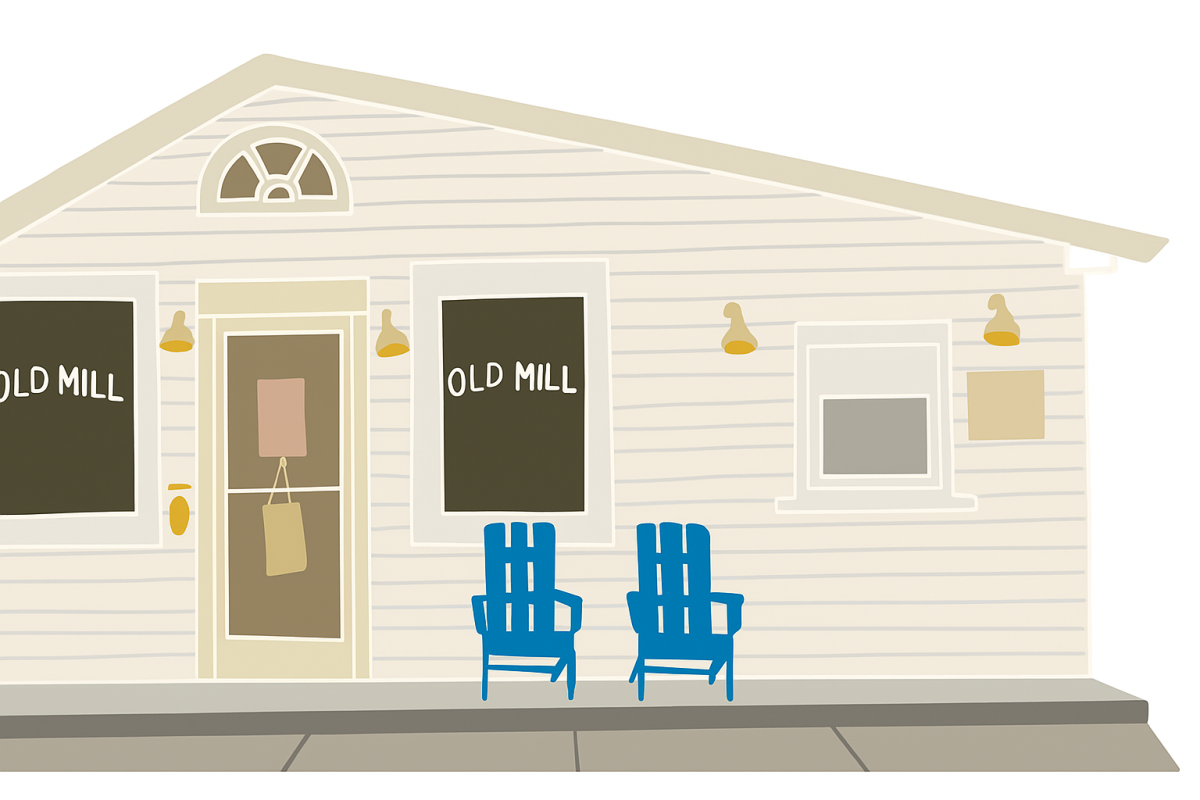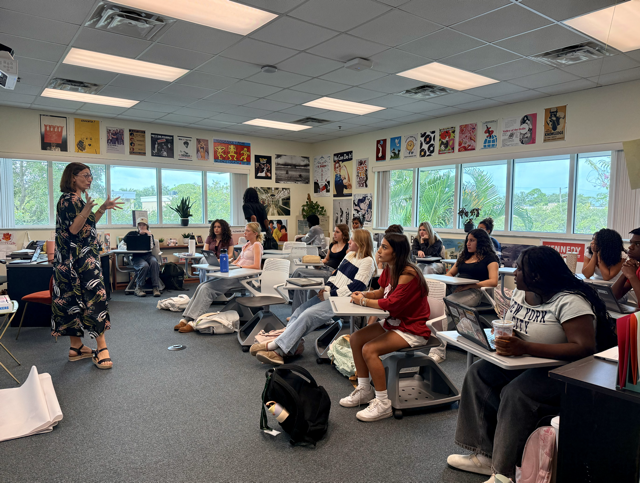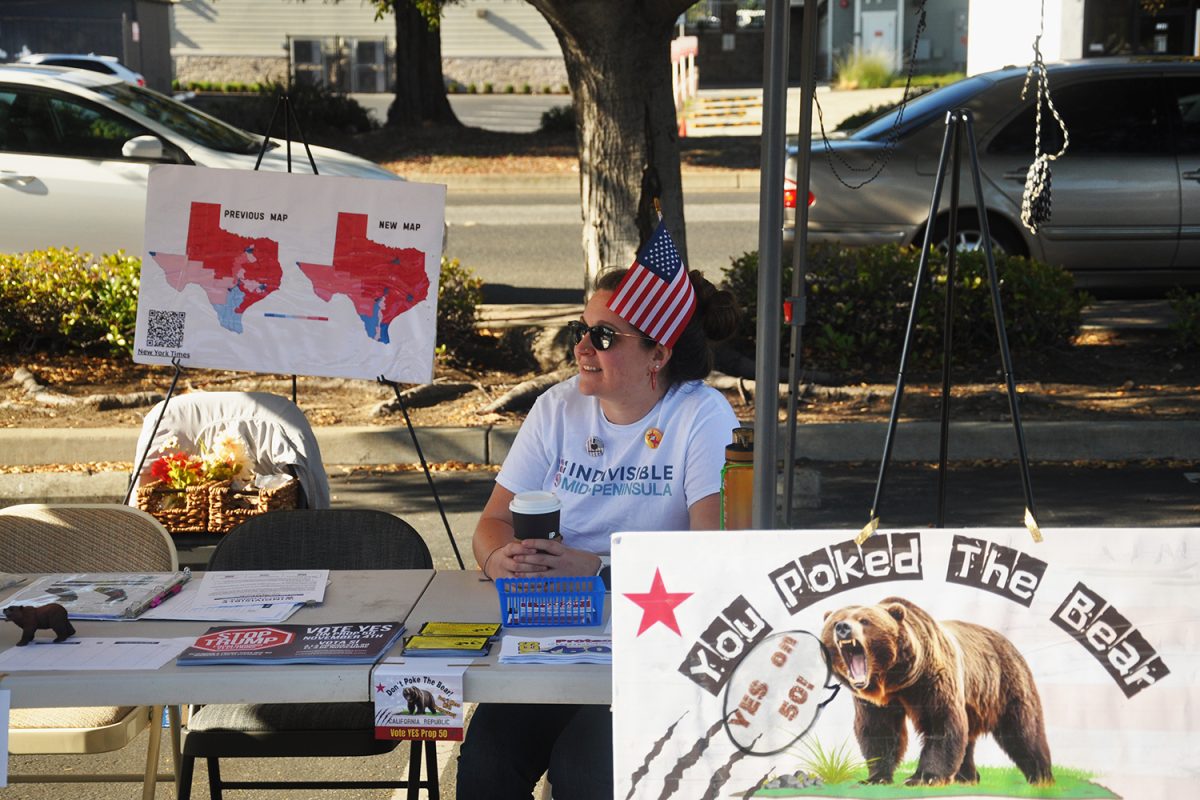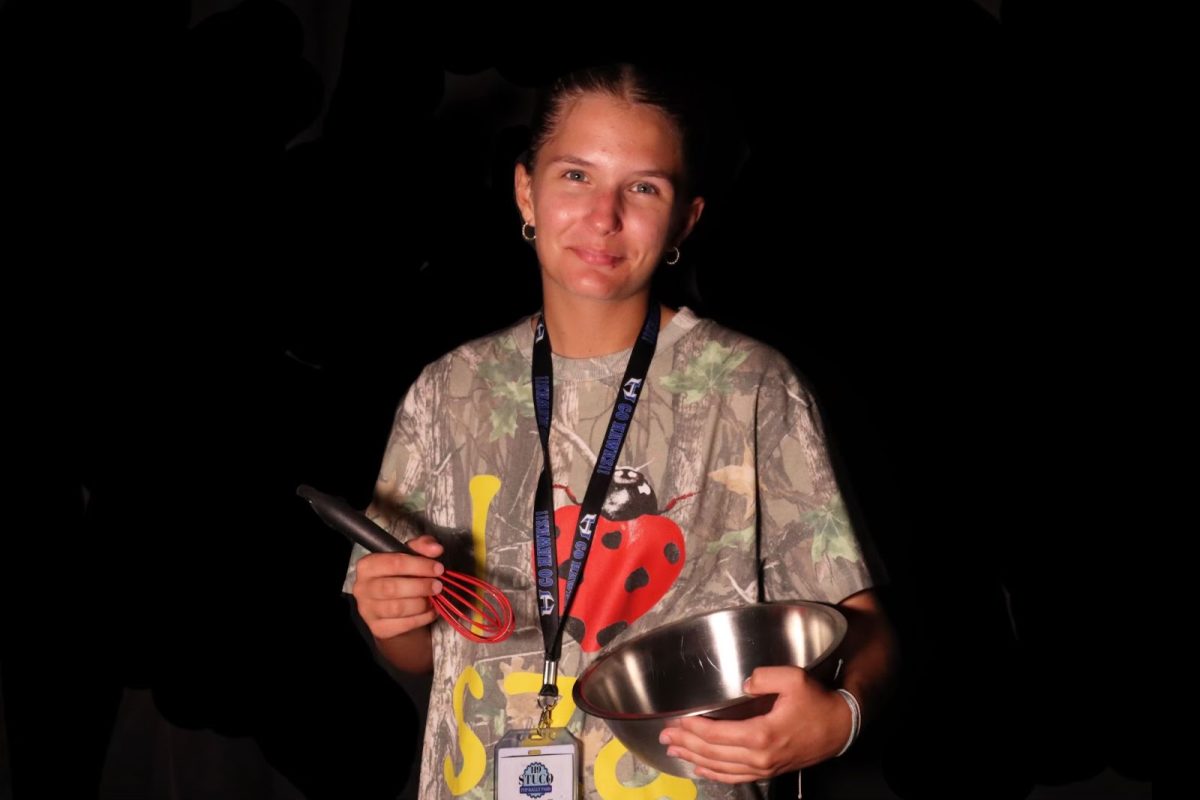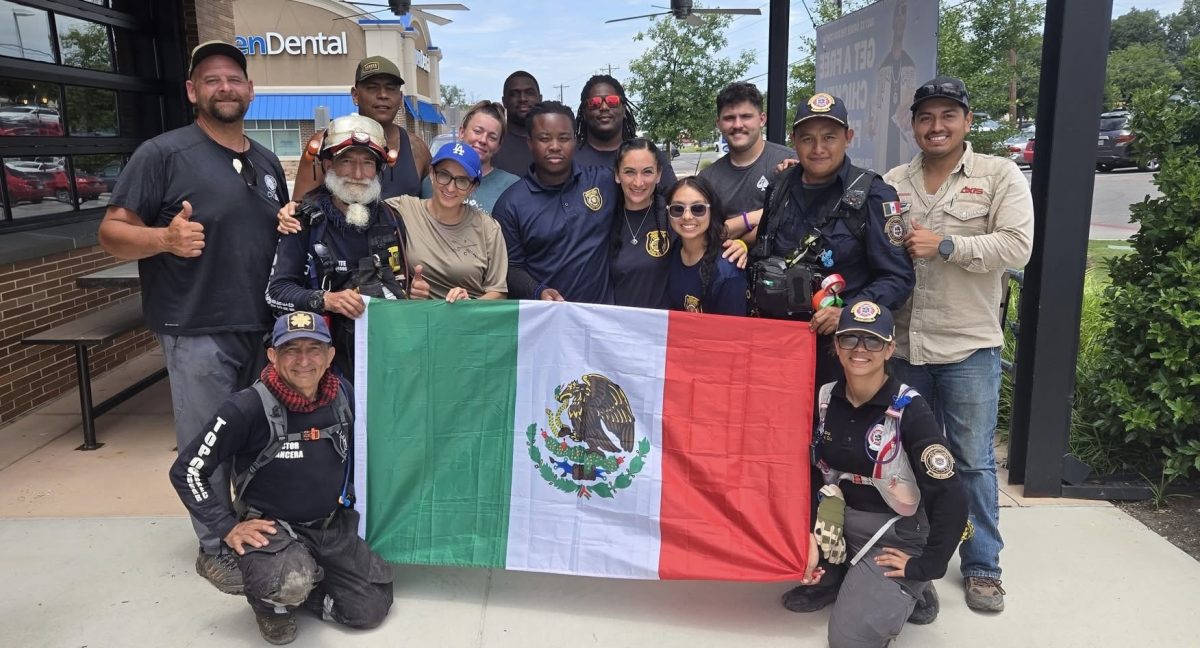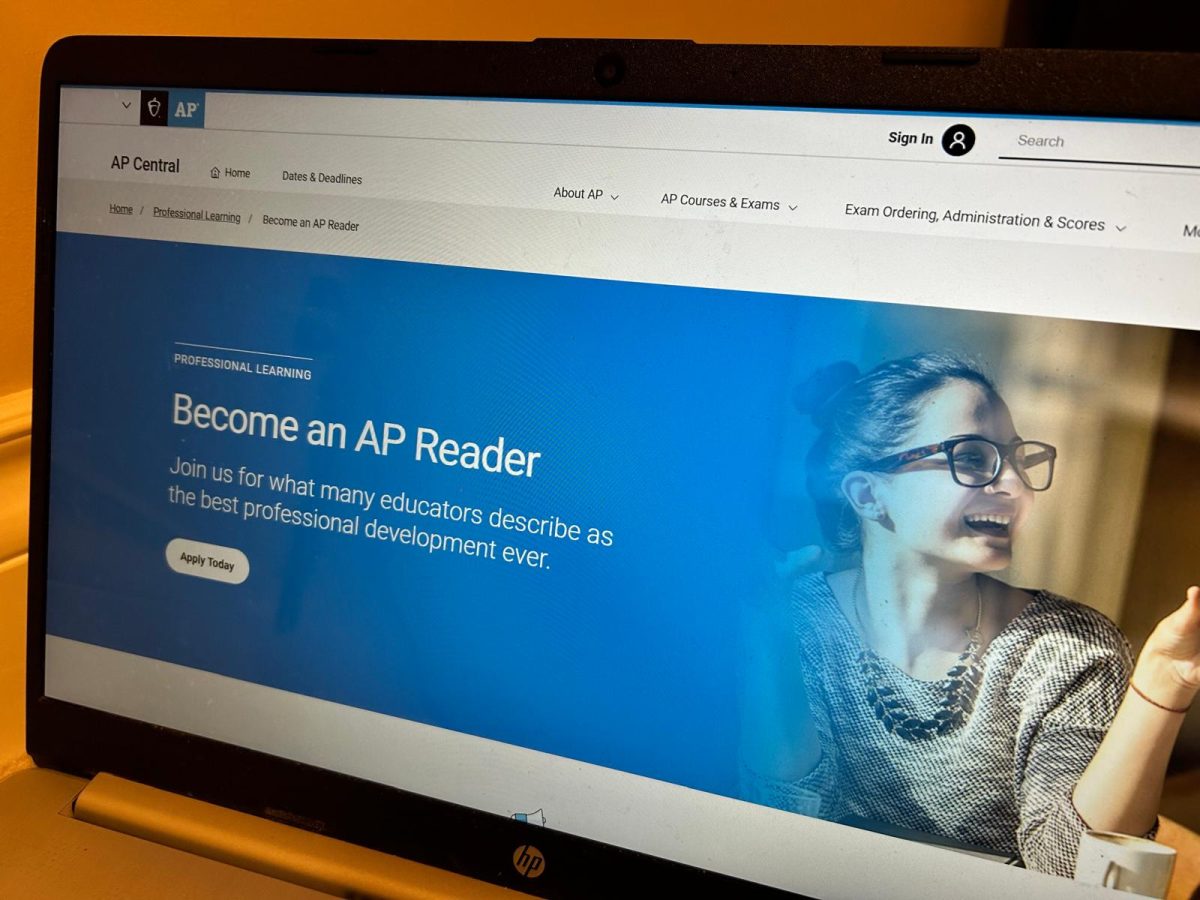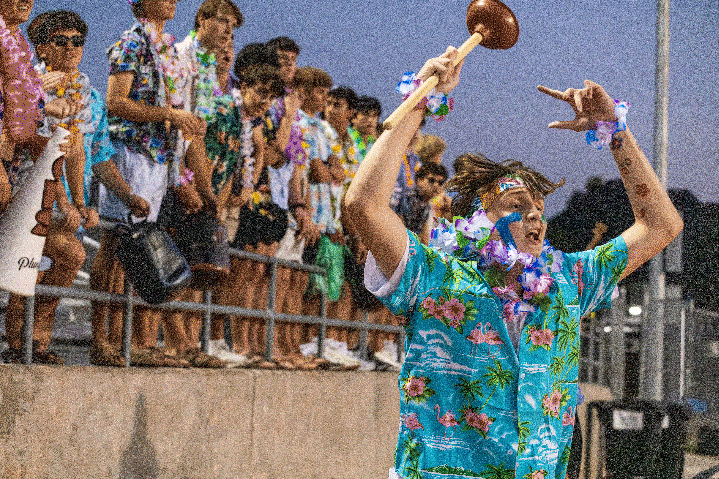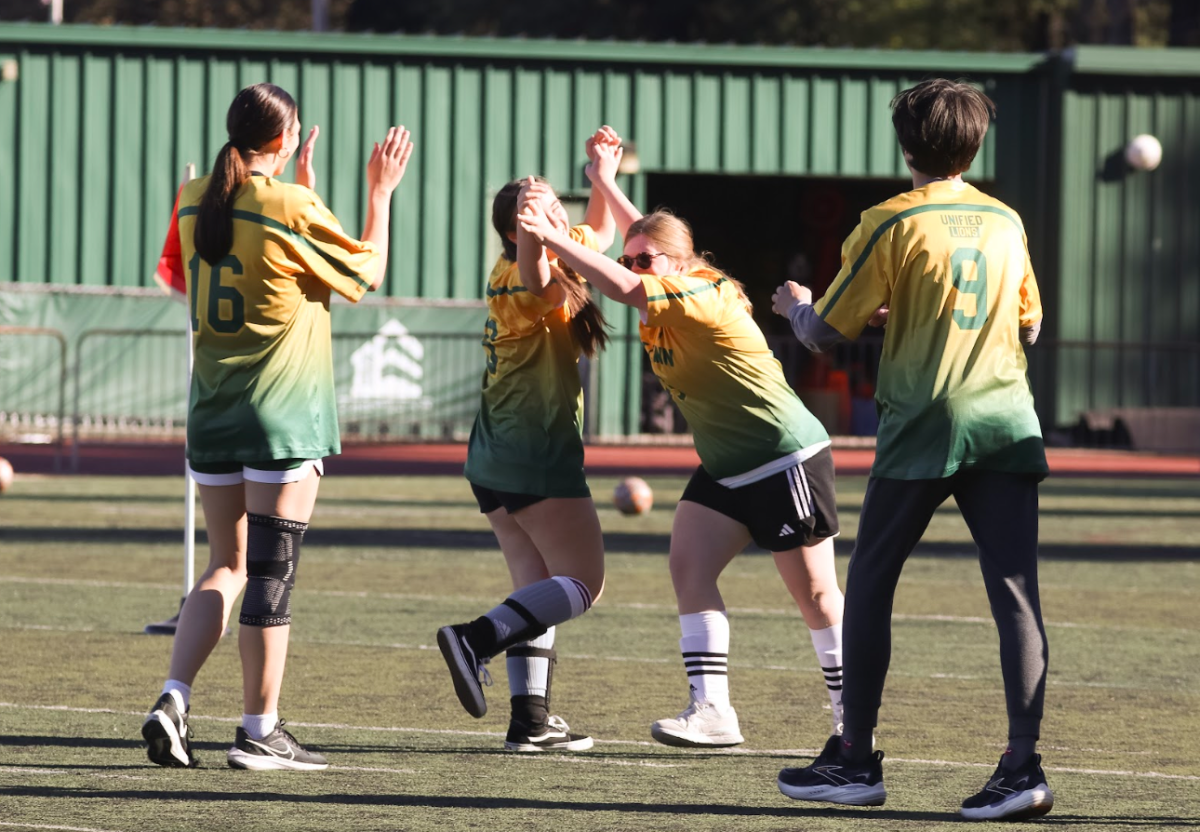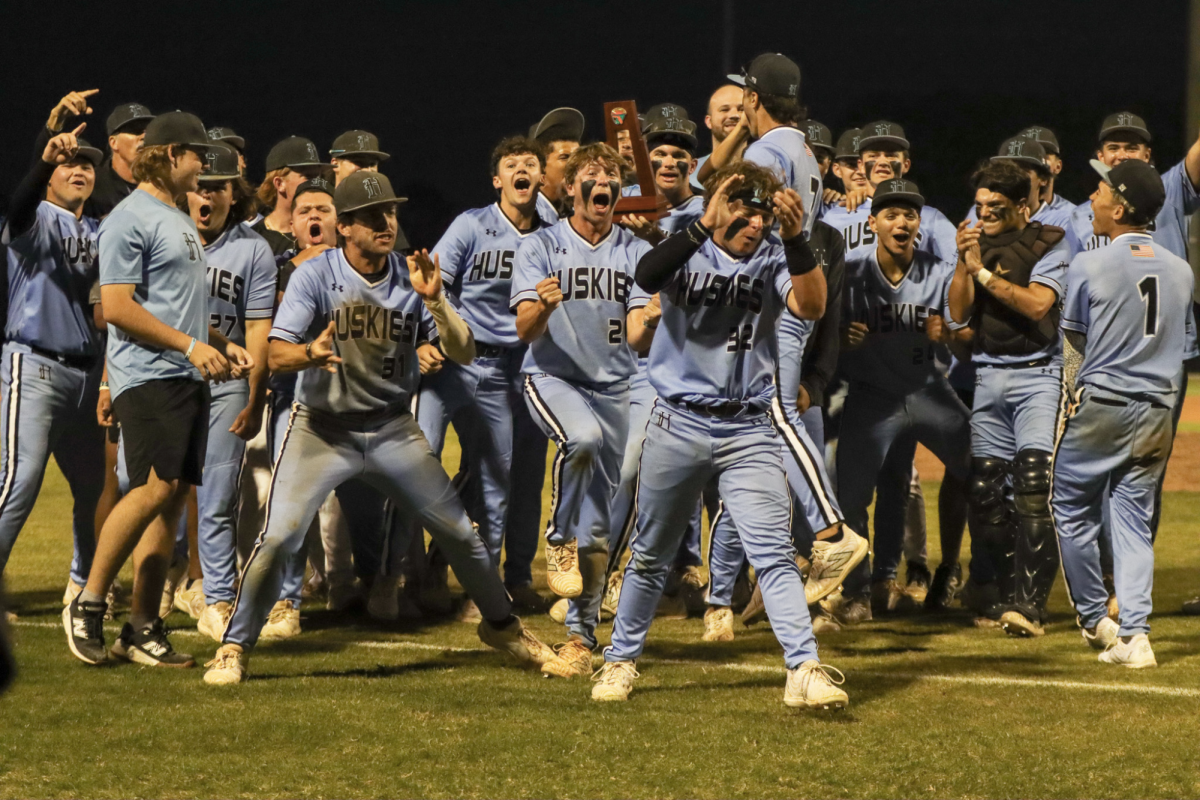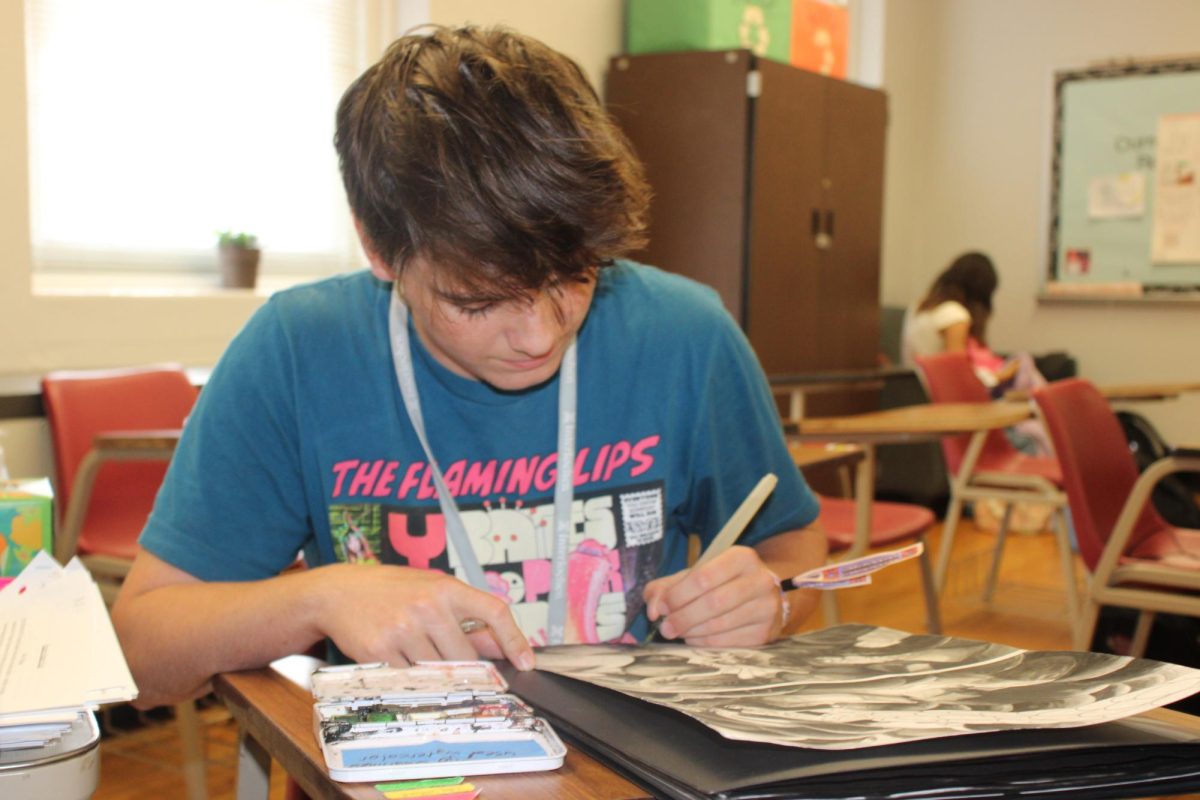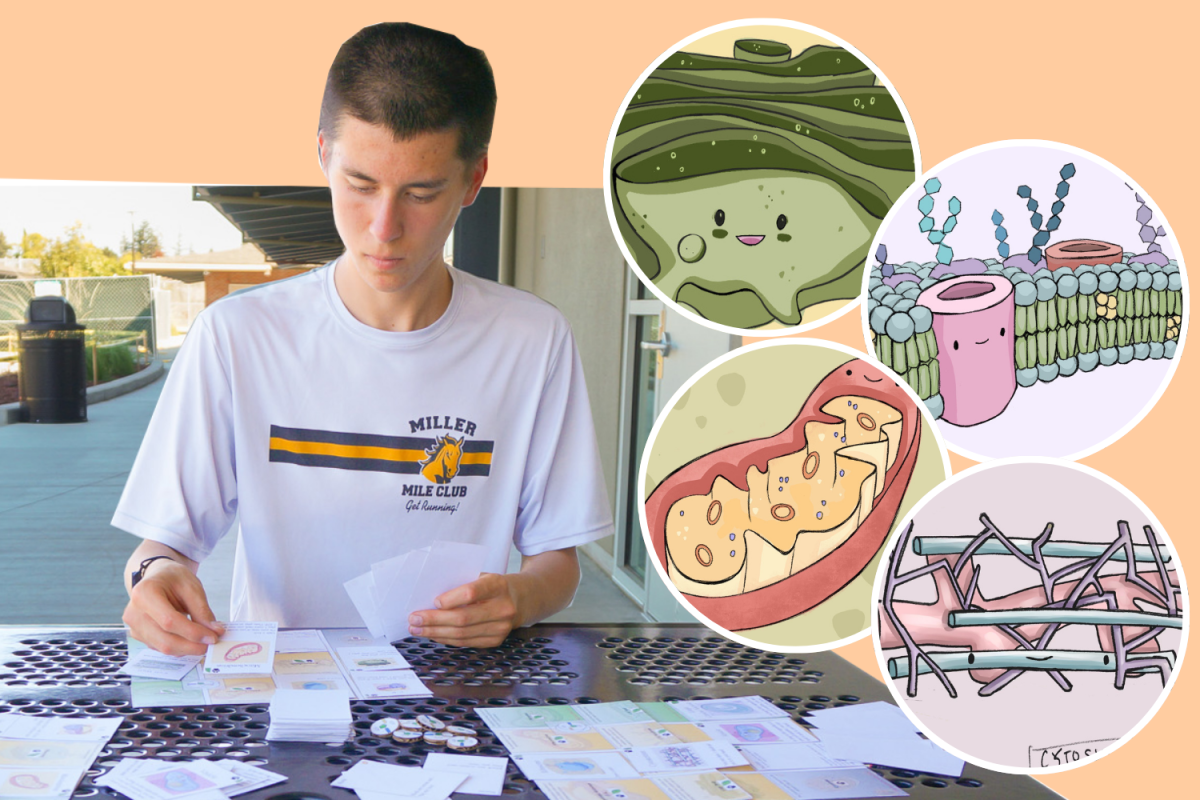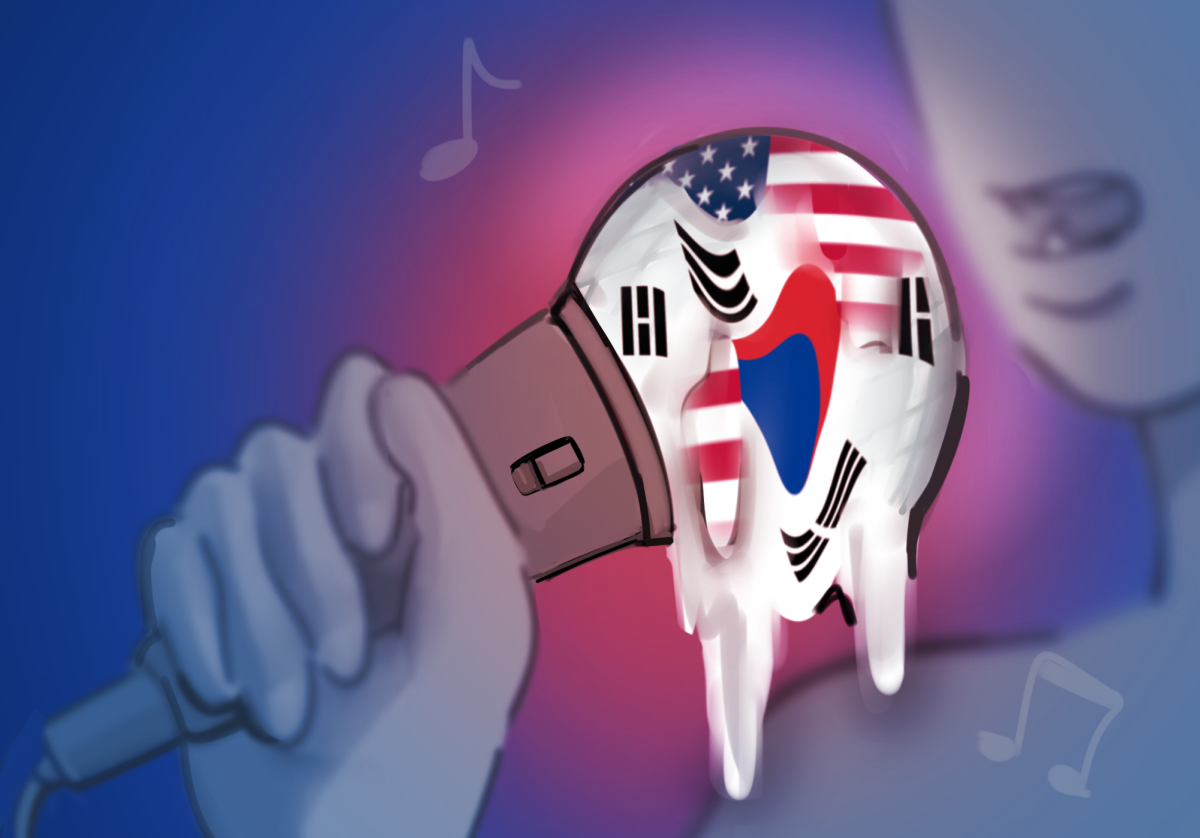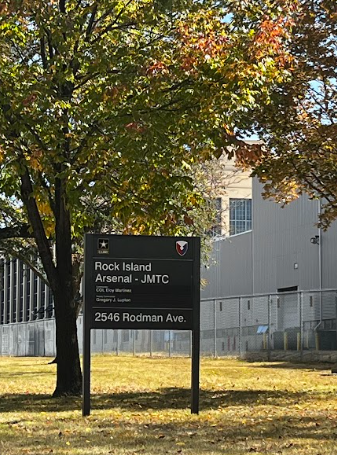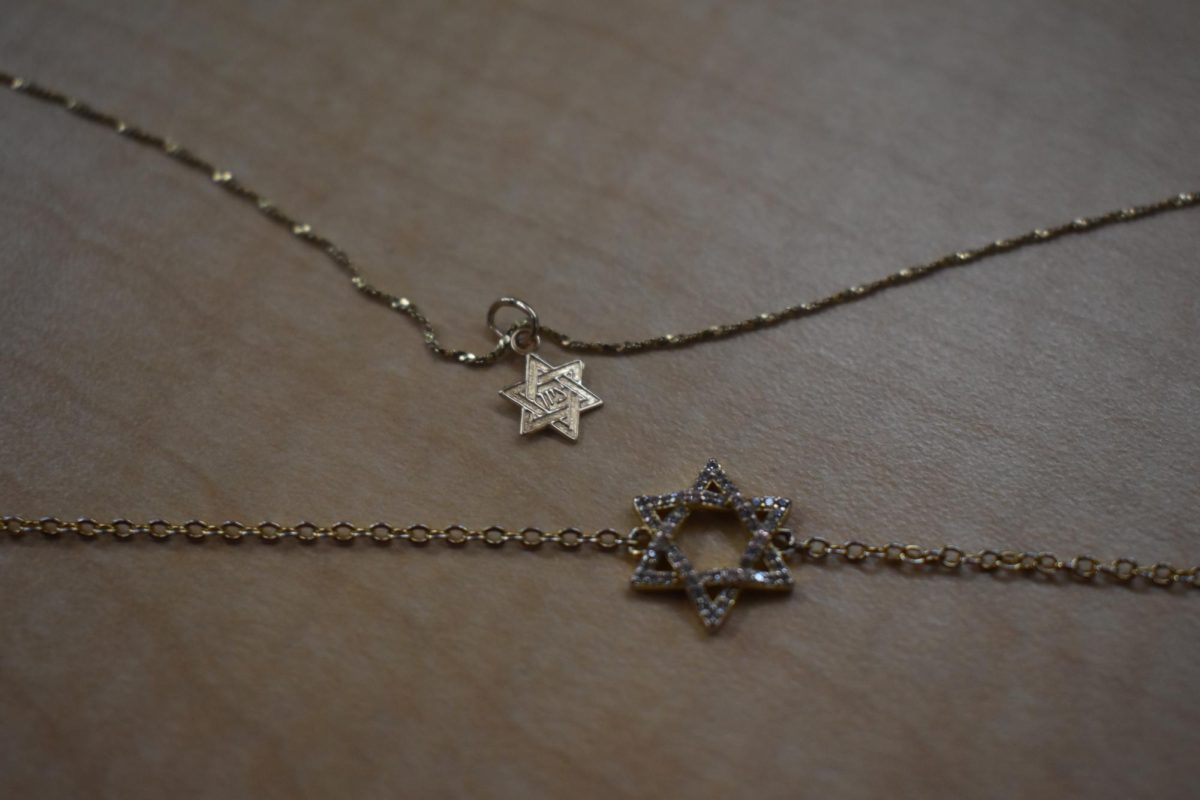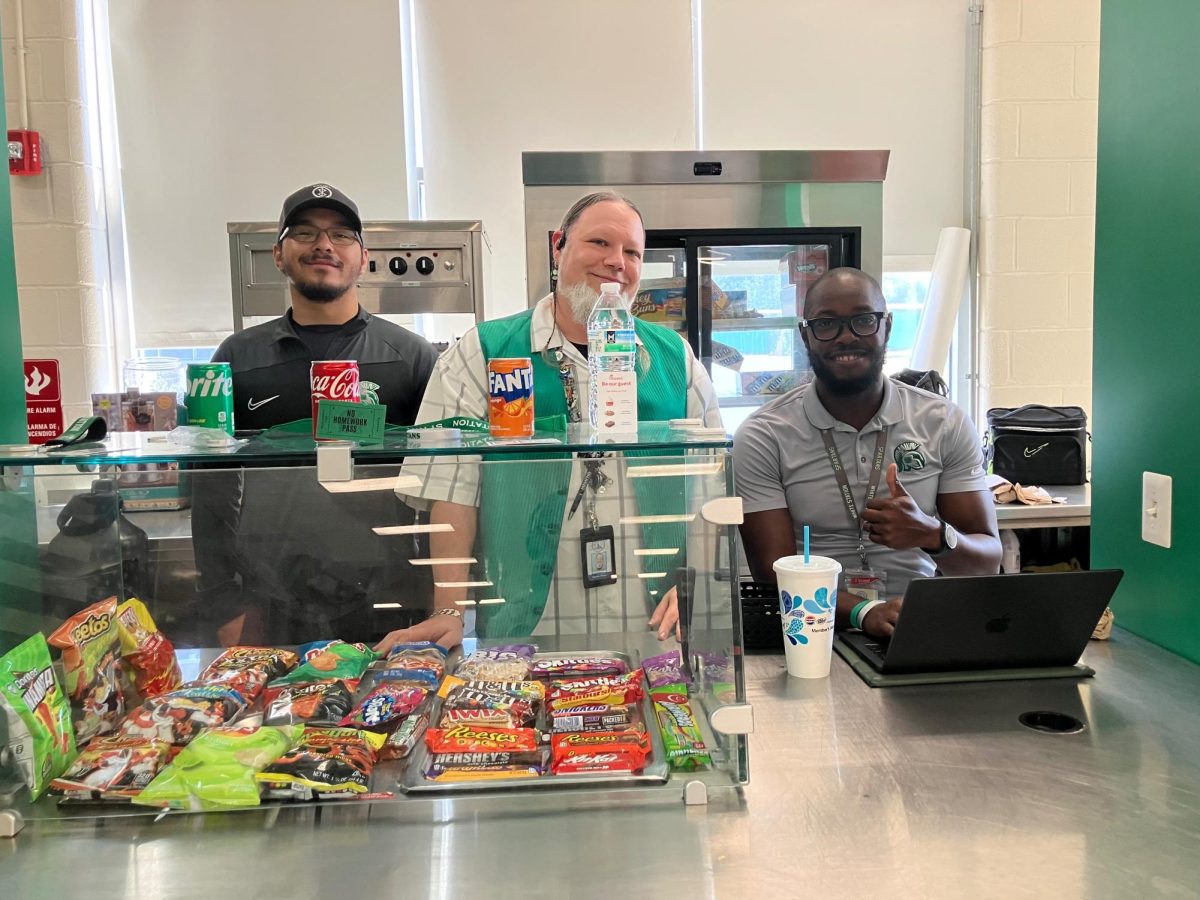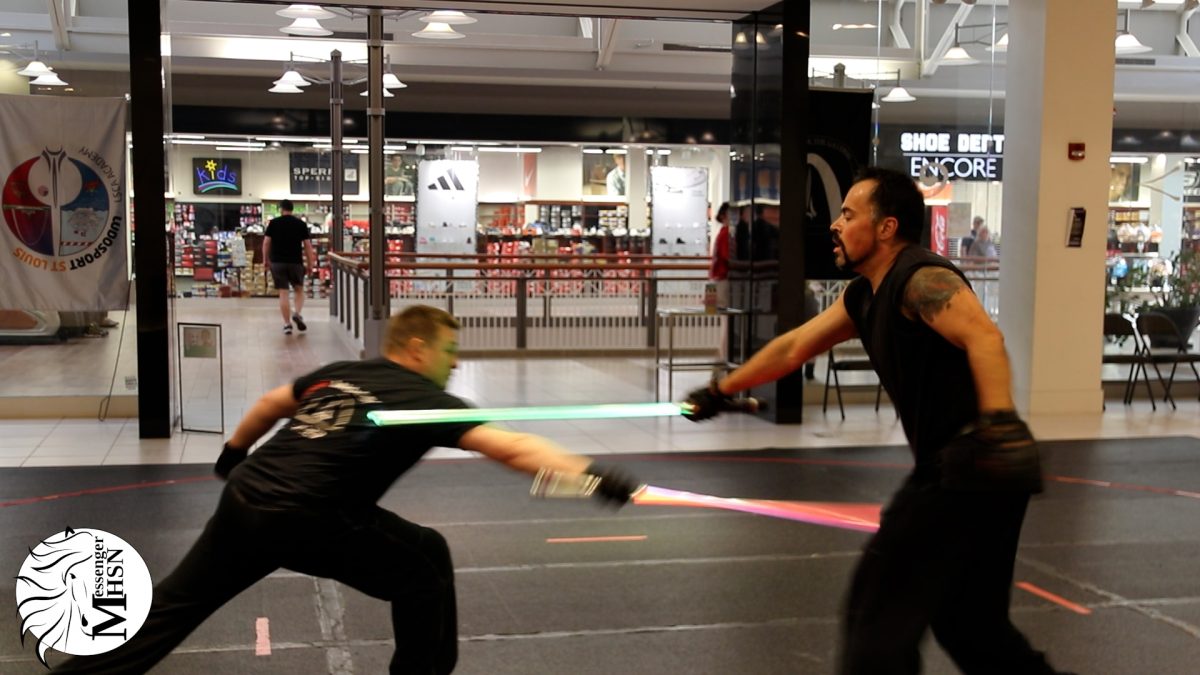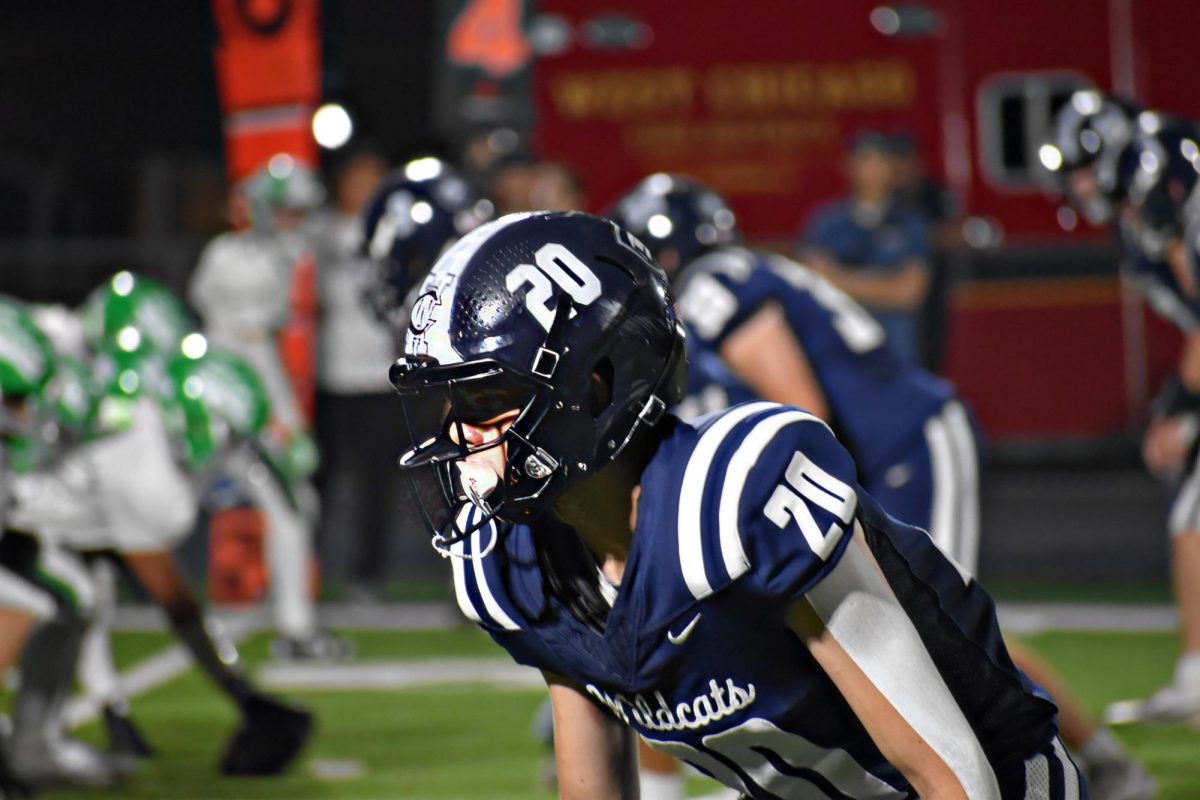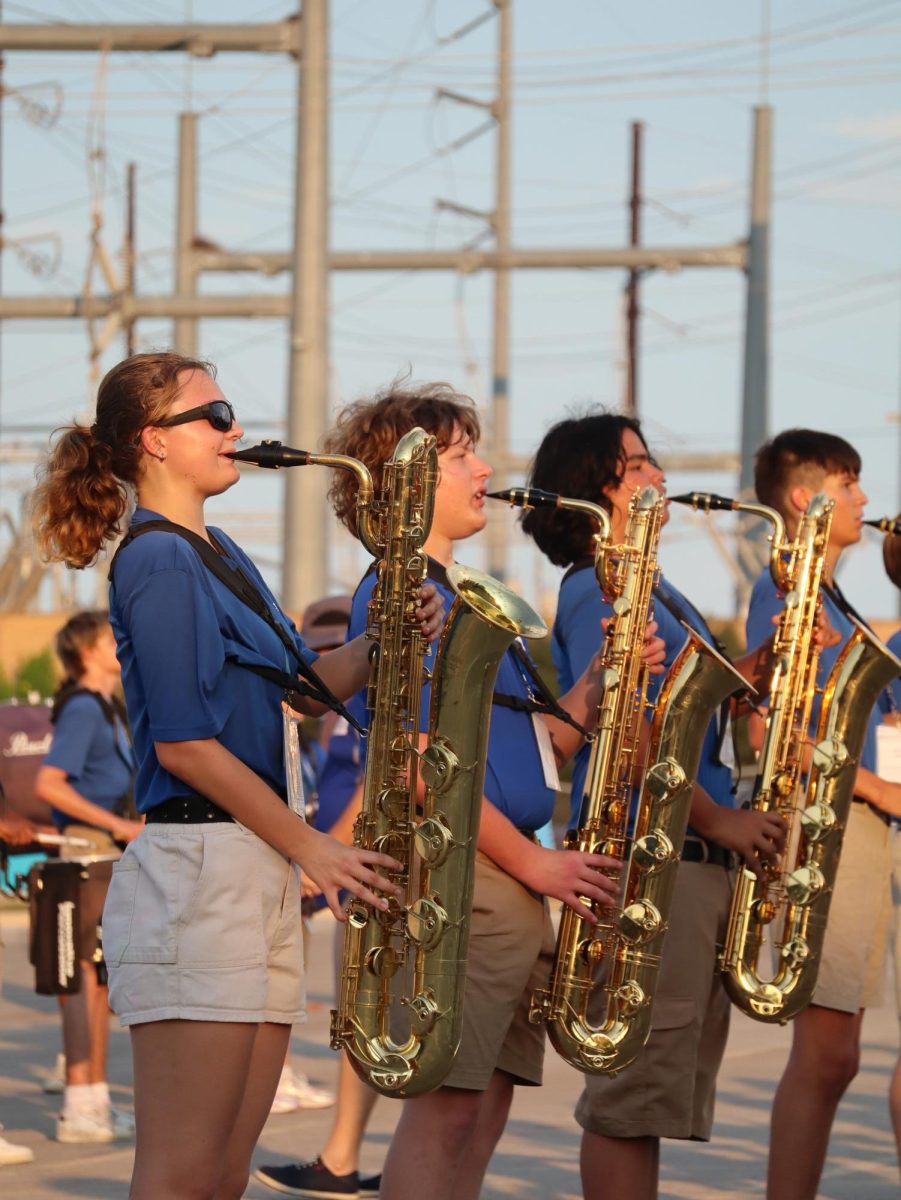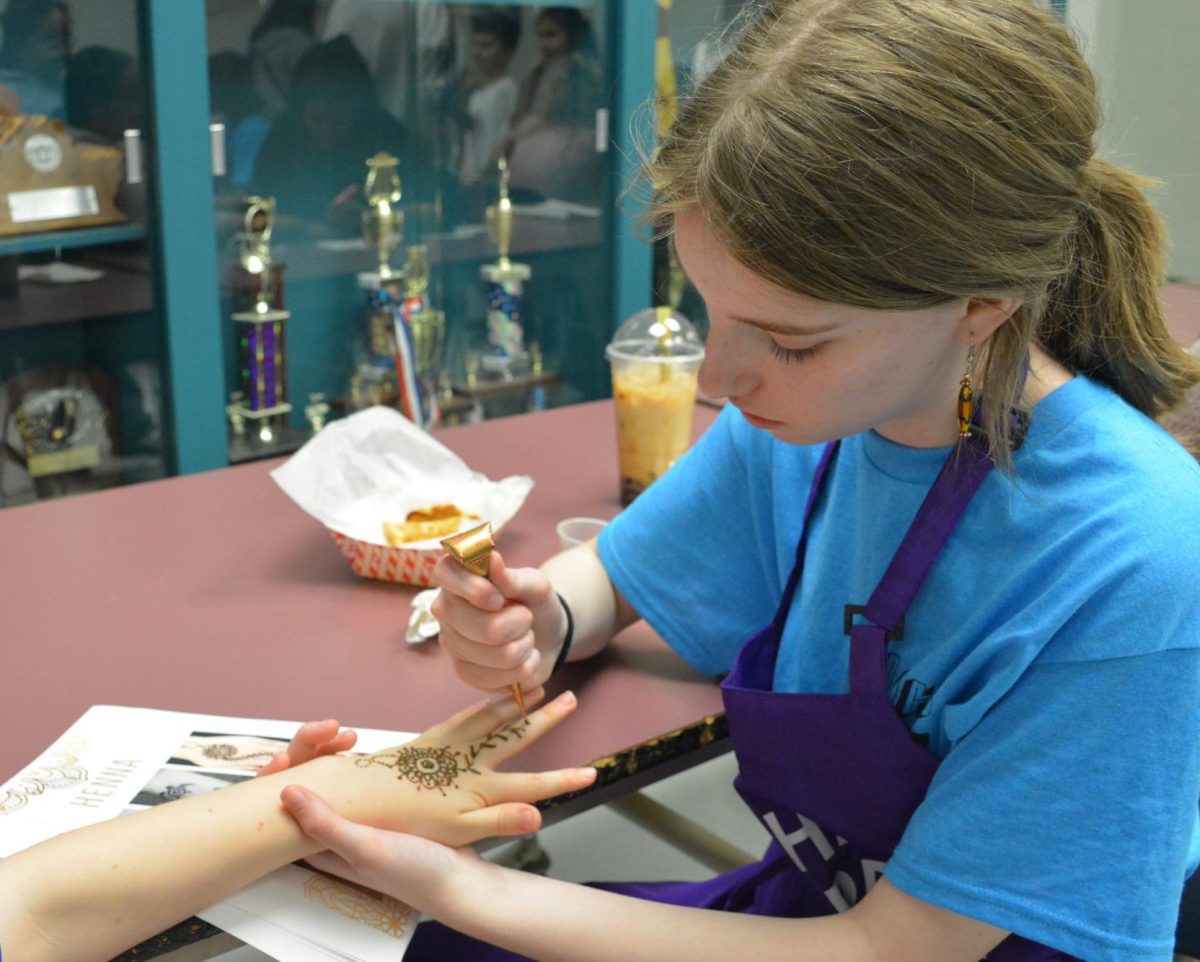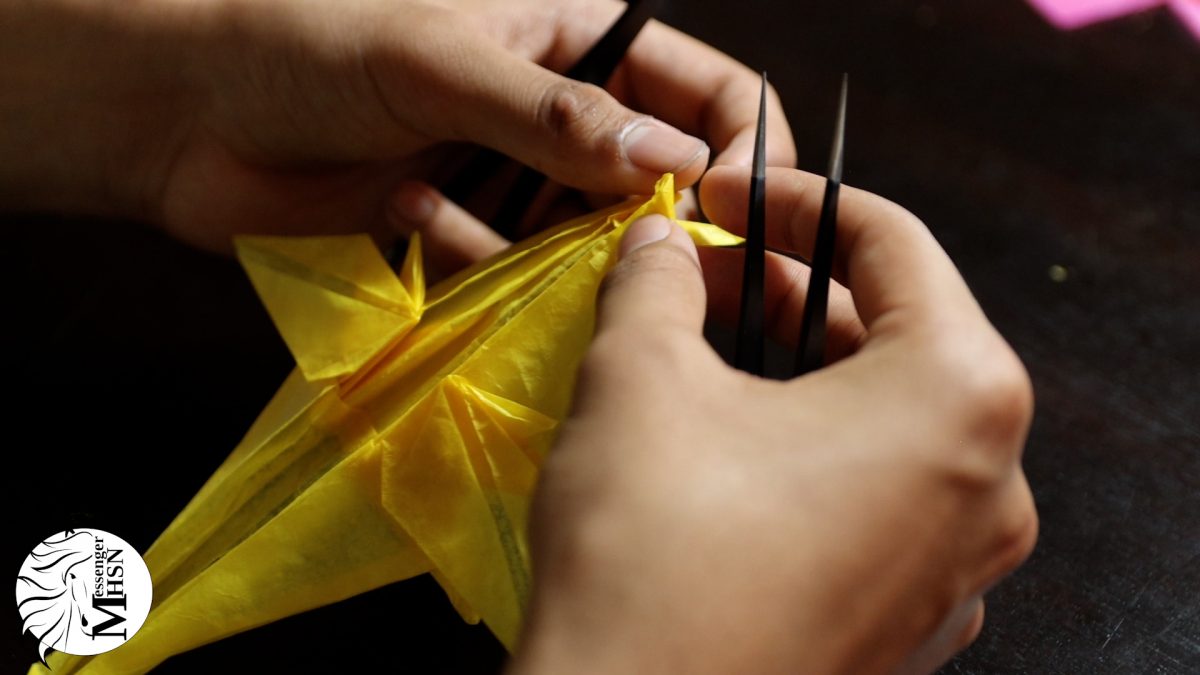In many cases at Stevenson University, a handful of players on a sports team hail from somewhere local in Maryland.
The university’s ice hockey teams are the only two sports teams without a Maryland-born player. Women’s ice hockey forward, first-year Delaney Hewlings, is the closest resident to Stevenson, 103 miles away in Media, Pennsylvania. Players are traveling from all over the country and even outside of the United States of America to suit up in Mustang green and play ice hockey.
Players come from as far as Massachusetts and Alaska, and even from Canada and Sweden. The men’s team welcomed forward Steve Li this year, and he is from Beijing, China.
It is quite fascinating, the geographical diversity of both teams. Those on the outside frequently wonder how everyone is able to adjust to life away from home so well and how they all stay so close with each other year-round. For the players, however, they are simply showing up for the sole purposes of winning ice hockey games together and sharing their passion for the game.
Growing Up Around The Game
Fourth-year Maddie Silverman grew up in Winthrop, Massachusetts. She began skating at her local ice rink when she was three, completely unaware that “Learn To Skate” transitioned into learning how to play ice hockey. A multi-sport athlete growing up, Silverman eventually faced a decision about which sport she wanted to focus on.
“I was a very well-rounded child,” Silverman said. “When I got to around [age] 6 or 7, my schedule started conflicting a lot more. My parents sat me down and said ‘you have to choose between dance or hockey.’ So, I chose hockey.”
Up until Stevenson, she would develop as a player on boys teams due to a lack of girls teams in the area. During high school, she played four years in boarding school at Tilton Prep School in New Hampshire.
Third-year Natasha Neelon grew up not far from Silverman in Hingham, Massachusetts. It was through watching her older brothers, Dalton and Cole, play ice hockey where she grew an interest in the sport. Neelon was on a club team called the Conquistadors where, like Silverman, she played on the boys’ team due to a lack of girls teams in the area. It was her time at Hingham High School where she became passionate about hockey.
“This coach was hard on everyone, but the tough love was key for my development mentally within the sport,” Neelon said. “My last year of high school hockey I played juniors for the East Coast Wizards, and this year was key for the development of my passion for the sport. Playing on that team with the coach and my teammates truly made me fall in love with hockey again.”
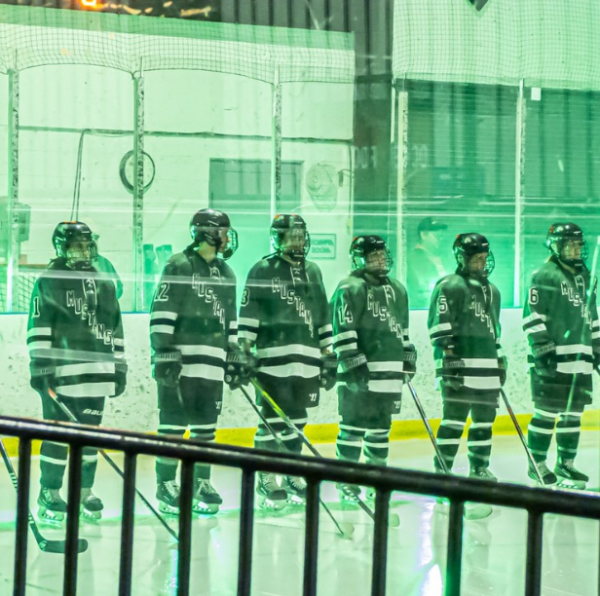
Fourth-year Gracie Payne and first-year Kayedi Spone grew up in Alaska, where hockey thrives in these cold regions. Both began skating and playing the game at a young age, as is common for many Alaskans to do.
They had experience playing in the same club team in Alaska and were aware of each other thanks to how close their home community was and the fact that many of their siblings and friends ended up on the rink with each other. Thus, their names floated around. Payne, who grew up in the city of Palmer, had extended experience on a boys 18U Tier 2 team in high school.
According to Payne, hockey is naturally a part of the lifestyle in Alaska.
“A lot of people skate and a lot of people play [hockey],” Payne said.
Growing up in Oshawa, Ontario, Canada, senior Graeme McCrory has been around the game his entire life. McCrory’s father, Scott, is a major source of inspiration for hockey within the family. Scott played in the National Hockey League for 14 seasons and was the Washington Capitals’ 12th round pick in 1986.
“As soon as I could walk I had hockey skates on my feet, inspired by my dad’s 14 year professional career, everyone in my family played hockey as a kid,” McCrory said. “I fell in love with the game at a young age because of the thrill and adrenaline that comes from competing and also from the pure joy it bring me to be on the ice.”
Fourth-year Aidan Graham grew up in Orillia, Ontario, Canada. As is common for many Canadian children, he began learning how to skate when he was four. For Graham at least, once he picked up a hockey stick, the rest is history.
“I remember in the winters growing up spending hours playing hockey with friends on outdoor rinks and that’s really where I feel like my love for the game started,” Graham recalled. “From there I started playing organized hockey soon after that, and I’ve played the game ever since then.”
Choosing Stevenson
Silverman, a chemistry major, checked out a few schools near home in Massachusetts. However, it was the small-school atmosphere at Stevenson that eventually won her over.
“I love smaller schools,” Silverman said. “I loved being able to meet the professors on my tour and talk to them. I loved being able to walk into a lab and someone says ‘hi’ to me. I just felt so welcomed from the second I stepped foot on campus.”
Silverman was also attracted by the efforts of Stevenson athletics.
“Compared to other schools, we have such amazing athletic facilities. Reisterstown Sportsplex is much nicer than some of the other rinks that we play at,” Silverman said.
Neelon, a nursing major, was attracted by the university’s nursing program and the location’s proximity from Hingham. It was the women’s team’s immediate hospitality that influenced her decision to play at Stevenson.
“From early on in my recruitment process I could tell that the coaches cared a lot about each individual player and that was very important to me,” Neelon said.
Payne arrived at Stevenson in 2020 after deciding that the university was a great fit for herself and her needs. When she realized that Spone was touring and considering Stevenson, she did everything she could to get her to commit. It worked because Spone, who hails from the city of Talkeetna, is now here at Stevenson. Payne’s efforts played a role in her decision to commit to Stevenson.
“Stevenson was one of my top picks,” Spone said. “After touring and talking to coach Tori [Emoff], I just felt so at home here and Gracie helped with [the process] so exponentially.”
After having previously faced each other in youth and junior hockey, both McCrory and Graham were set to attend Stevenson and get the chance to skate as allies. McCrory was excited about the potential opportunities post-graduation, but he also saw potential in the men’s ice hockey program.
“The hockey program was new and developing strongly,” McCrory said. “I also knew a couple guys that were on the team so I knew we would keep getting better.”
Graham shared similar reasons why he chose to come to Stevenson.
“Although the hockey team is a relatively new program at Stevenson, the team has had a lot of success so that was an important factor for me,” Graham said. “Also, having a former teammate Brendan Rylott come to Stevenson the year before was helpful for answering any specific questions I had about the team or school.”
Then and Now
For some, adjusting to life away from home is a breeze. Graham felt that having prior experience in living away from home made the transition to Stevenson easier. Graham and his third-year hockey teammate, Brendan Rylott, took it upon themselves to help each other and McCrory adjust to their new lives. McCrory cited the presence of fellow Canadian-born teammates as a major part of his transition.
“Having those guys on the team was very helpful in the adjustment process,” McCrory said. “Having other Canadians with me in the process helped a lot. I immediately grew closer to the other Canadians, doing stuff with them just made things feel more comfortable.”
Both McCrory and Graham are set to graduate this May. Both feel that they made the right choice to become Mustangs.
“I met some great people and made a lot of memories during my time here,” Graham said.
For others, the adjustment process is not so easy. Neelon called her first year as her hardest one, though she said it got easier as time passed.
“I was extremely homesick and struggled to adjust to being far away from home at first,” Neelon said. “My transition onto the team was smooth as all of the girls were so welcoming. But, my first year was a learning experience, I had to mature and learn how to adjust to not seeing my parents everyday. But, overtime it was definitely easier to deal with because you get used to it.”
Silverman thought that her experience at boarding school would help make her transition easier. She was surprised when the opposite effect occurred.
“Two hours [away from home] versus six or seven hours is a lot different,” Silverman said. “The hardest thing for me was not knowing when I would see [my parents] next. In high school, I knew when they were coming [to games]. Here, it was ‘I don’t know what games we can make it out to yet.’”
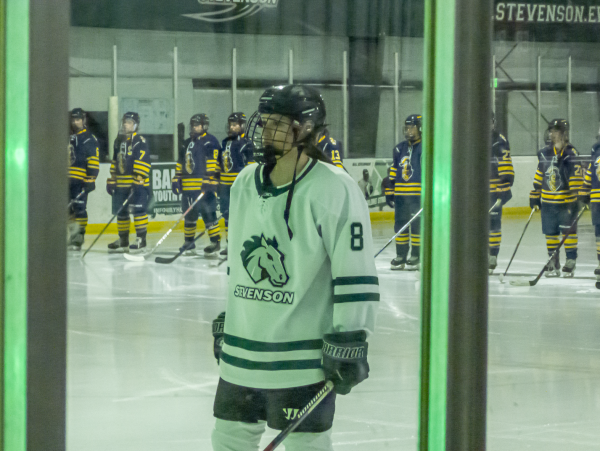
Nonetheless, she powered through and adjusted to Maryland which she now calls Maryland her second home. She became obsessed with the convenience store chain Wawa, which Massachusetts does not have. She was also able to attend her first ever Ravens, Orioles, and Capitals games. She, too, is set to graduate this May.
“I love it here,” Silverman said. “It’s really going to be hard for me to leave. Maryland has become a second home to me. I know that Maryland will always have a special place in my heart.”
Sometimes, it takes just that special friend to help the transition process go well. Spone has grown close to Payne as their similarities in Alaska life have helped them bond and adjust to life in Maryland.
“It is so much more comforting having someone that you can not only bond with on or off the ice, but we are both from such an interesting part of the country that you don’t have here [in Maryland] and we can bond over things that we only have in Alaska,” Spone said.
Relationship Maintenance
Everyone is together on the rink competing to win with each other while sharing what will undoubtedly be some of their fondest life memories with each other. Then there is what happens off the ice. There must be a level of connection and relationship maintenance between teammates. The players make sure to take advantage of down time during the semesters when during breaks, everyone returns home miles away from each other. Thus, communication becomes long-distance.
Technology is helpful for long-distance communication especially when everyone separates for the summer or winter breaks. Neelon makes sure she takes full advantage of the convenience of technology and social media.
“I maintain a close friendship with my teammates by calling, texting, or even visiting them over the summer,” Neelon said. “It truly is so easy to stay close!”
Neelon also uses technology to keep in touch with her family back at home in Hingham.
“It is easy to maintain my relationships back home too. I call or text my friends to check in and I call my two older brothers, mom and dad multiple times a week,” Neelon said.
Some players, including Payne, try to maintain relationships physically. Now a former player on the team, she recalls having gotten close with her teammates through bus rides and January term. Moving forward, she will utilize alumni games and weekend traveling to catch up with old friends.
“In January term, there is no one else here,” Payne said. “We’re doing all kinds of activities and extra things together. During that, we get so close [with each other].”

Spone, having just completed her first season as a Mustang, learned about the ropes of the team and the importance of using each other’s differences as a relationship builder. The geographical differences of her teammates fascinates her, but it does not completely define her relationships.
“For me personally, it has been magical learning about the people here and not only on the team having come from different backgrounds, but also from a school [perspective],” Spone said.
As graduation looms over for many of this year’s batch of ice hockey players, some fear that when it comes time to return home and part ways, that their relationships with each other might take a hit.
Graham, who is unsure of where he will reside upon graduation, is one of them.
“It will be difficult to stay in touch with everyone,” Graham said. “I hope that I can keep many of these relationships going after school even if most guys have moved back to where they’re from.”
McCrory has some worry, but not a ton as he is confident in the power of social media maintaining relationships in a long-distance setting.
“I think the geographical distance could be a bit of a problem in the future but I am sure there will be guys closer to me and social media will definitely make things easier in just keeping small conversations and sending funny memes to guys,” McCrory said.
On the contrary, some do not fear that the pending long term separation from each other will hurt the closeness of their relationships.
Neelon is one of those people with confidence.
“I do not think geographical differences will hurt my friendships in the future just because of texting, calling, and things like that,” Neelon said. “I would still be in contact with everyone even if we are not all together all day every day. Social media is helpful because even if we do not speak everyday you can see what your friend is posting and somewhat keep up with your friends life that way.”
Silverman, who is now a hockey alumnus, also has confidence.
“These will be friends that I have for the rest of my life,” Silverman said.
The Growth of Ice Hockey
The geographical diversity of Stevenson’s ice hockey teams is a testament to the intercountry and international growth of the game at the collegiate level.
Stevenson’s ice hockey players have taken note of this, and they are determined to continue growing the game at the collegiate level.
“I’m happy to see the game of hockey continuing to grow, and not only in North America but all over the world,” Graham said. “In Canada, hockey is one sport that everyone knows, but in many places like Maryland, most people have never watched a hockey game so its nice to see the game growing in these areas.”
McCrory is excited to see the game grow beyond Canada and into Stevenson and Division III ice hockey.
“I am very happy with the representation of Canada on the SU hockey team,” McCrory said. “I think having these guys brings a lot of different character and passion to the team with how we were raised with hockey. I have noticed a lot more Canadians are going to Division III programs because they see the amount of opportunities guys are getting after graduation.”
Spone recognizes that the growth of the game is especially important for women’s ice hockey thanks to the recent establishment of the Professional Women’s Ice Hockey league. This could push more women to play the game and pursue aspirations in professional hockey.
“That league has resurfaced so much more focus towards not only men, but women as well,” Spone said.
She is generally pleased with the growth of hockey for women and the state of the game compared to where it was when she was younger.
“It was always an option [for me], but not with as many options [for women and girls as now]. Seeing how much it has grown feels validating. What I’m doing [playing women’s ice hockey] is helpful for others and maybe even gives others hope as well,” Spone said.
Brought Together by the Game
The players want it to be known that everyone, regardless of where they are from, grows close with one another as they bond over the game of ice hockey. They have simply come together and have been brought closely together by the game that they love.
“All that matters is where you are and the team that you are on. When we are all sitting in the locker room, it’s not ‘we’ve got New Englanders and Canadians.’ We’ve just got hockey players,” Silverman said.
Neelon says that it is all about finding the right people to get close to.
“With the athletes from the same state you definitely know of each other but I would not say that players from different teams or the same teams from the same state are more likely to become friends,” Neelon said. “It is really who you meet and clique with and less of a state by state thing.”
Graham thinks the geographical diversity of the team has little effect on their team chemistry.
“We’re all used to playing with guys from many different states and countries so it doesn’t really affect us,” Graham said. “We all blend in together as teammates.”
In the end, what is said is that it doesn’t matter where a player is from. They are wearing a jersey and skates just like the person next to them. Everyone is there for the same thing.
This story was originally published on Stevenson Villager on April 7, 2025.


